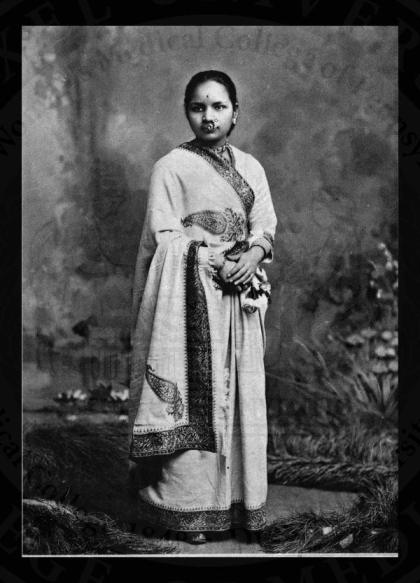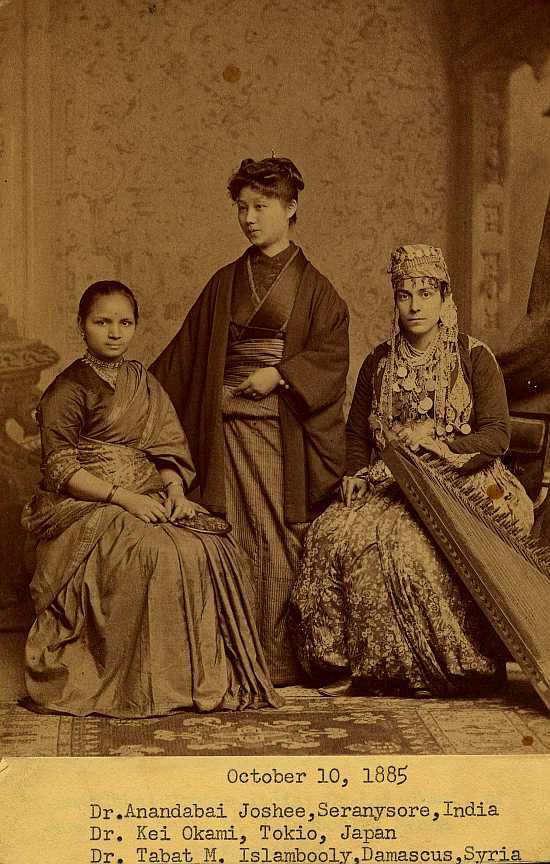The Iron Ladyâ€â€the Unsung Story of the First Female Doctor from India
An over 100 years old portrait of three female medical students from three different cultures has been doing the rounds on the internet leaving its beholders dazed and slightly mysterious at the same time.
This precious portrait was uploaded by a Ph.D student on her blog after she stumbled upon it while researching for 19th century ear surgery in the Drexel University College of Medicine.Interestingly, back then, women in America were not encouraged to learning simply because studying was considered a threat to the motherhood.
Then how did these three women (as shown in the portrait) end up in a medical school in America from thousands of miles away from their own worlds?
WMCP (The first women’s medical college for women) was the first ray of hope for ambitious from all walks of life and the world. Anandibai Joshi (India), Keiko Okami (Japan), and SabatIslambouli (Syria) in the portrait became the first licensed female doctors in their respective countries.
Anandibai Joshi’s success was adapted into a 1992 novel and later into an award winning play in India.
The first lady doctor from India got married to a 20 year old man. However, her husband supported her and took the burden of her education on all his shoulders.
According to a report by Christopher Woolf, when Joshi was just 14 years old, her 10-day old baby died. The unfortunate incident first impelled her to pursue medicine. Woolf reports,“Medical care for womenâ€â€evenhigh-caste women like Joshiâ€â€wassimply unavailable back then in India.â€Â
Of course, Indian women felt really uncomfortable with male doctors providing gynecological services. It was an issue of a social norm. In her application letter, Joshi writes, “I want to render to my poor suffering country women the true medical aid they so sadly stand in need of and which they would rather die than accept at the hands of a male physician.”
Although Joshi was well educated, she was not rich enough to afford to travel to the United States and study medicines. It was Theodicia Carpenter from New Jersey who read about Joshi in a local Christian paper and instantly decided to fund Joshi’s education in the country. An American missionary had also offered Joshi a financial support on the condition of conversion religion to Christianity, which she refused without a second thought.
Woolf in his report cites hardships faced by these three first female doctors, “India’s first female physician died of tuberculosis at 21, too young to ever practice. As for the other two women in the internet’s favorite 19th century graduation picture, life wasn’t simple going for them either: Islambouli fell off the university’s radar after moving home, an indication that she likely dropped her career. Okami went on to become head of gynecology at a top Tokyo hospital, only to resign when the reigning emperor refused to meet her during a visit to the hospital, because she was a woman.â€Â
Joshi died young but the lady was the first ray of hope of change for Indian women and for women living everywhere on this earth. The lady continues to inspire us even today.
- Excited
- Fascinated
- Amused
- Bored
- Sad
- Angry

